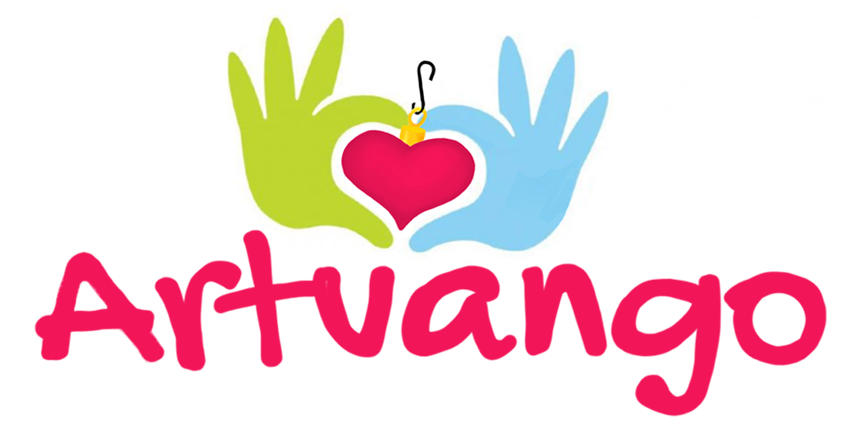Art Therapy
Is a form of psychotherapy based on the process of creating visual images through drawing, painting, sculpting, and the use of other art materials. In art therapy, emotions and thoughts are expressed symbolically through the creation of personal imagery. Art bypasses verbal defenses and limitations, allowing for insight to occur in a non-threatening way. The art produced can be reflected upon, and with guidance from the art therapist, one can explore the meaning of the images and work through areas of conflict and distress.
Expressive Therapy
Expressive therapy involves the use of art, play, music, movement and other forms of expression to heal, practice, and build new skills. Art therapy is a form of expressive therapy. All of our clinicians utilize expressive therapies; however, not all of our therapists are Art Therapists.
All behavior has meaning. It is a way of communicating feelings and needs.
So called problem behavior is one way a child expresses conflict, which is difficult to conceptualize and verbalize. A child can channel and give conceptual form to negative feelings and behaviors through working with art materials. The clarification and responses of our therapists facilitates the child’s awareness of patterns, intentions, and the meaning of behavior.
Sometimes feelings and conflicts are too threatening for a child to face directly. These can be externalized and safely resolved by utilizng expressive therapy. With the art materials, play, movement, and other expressive means, a child may discover and clarify feelings and fantasies. Expressive therapy can help children learn more about themselves and to raise self-confidence. It is also a means of helping young people who are experiencing emotional or behavioral problems.
In addition, it can be beneficial in the treatment of the particular difficulties caused by learning disabilities, giftedness, physical and developmental handicaps. Expressive therapy taps the creative potential in each child and provides a way of exploring difficulties in a manner which is not threatening or intrusive. It is applicable to preschool, elementary and high-school aged children and where desired, to family groups.



